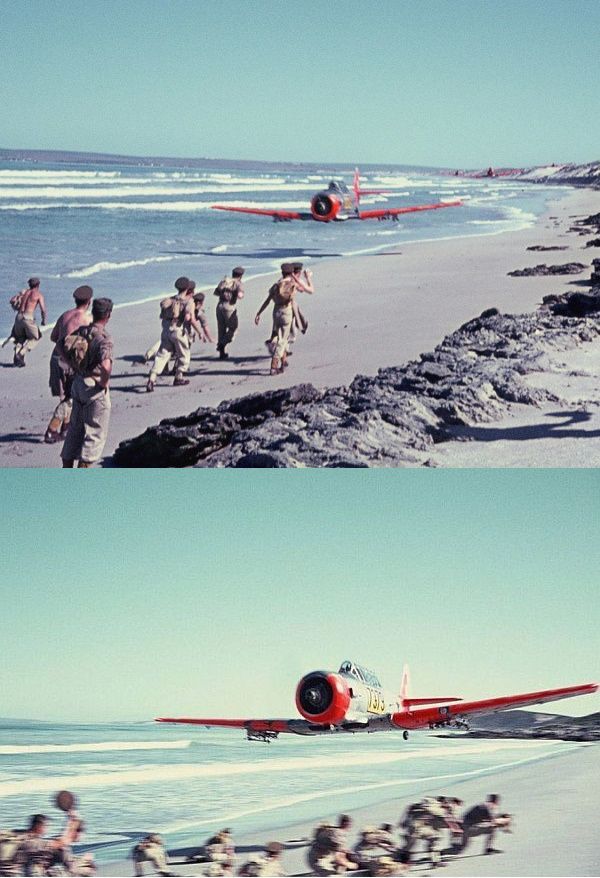emilioteles
Colaborador
para Michelum










afrosorafrosor




Toma rober.
El calefon con orugas...

 manos
manos manos
manos manos
manosMuy buenas fotos Walter!!!con lo que me gustan estos bichitos blindados...tremendas, me encantaron!
manos
manos
manos
Las encontré y me acordé de tu reciente desvió al lado oscuro!

seeep¿La de los Seafire es en Malta no?
Texan rasante...

Si.estas no eran de la saf post ww2


US infantrymen rest on their Jeep, listening to a shortwave radio.
In the background is a concrete pill-box on the West Wall of the Siegfried line.
The chalked up box-score would indicate that they are listening to the Baseball 'Streetcar World Series'. This was Game 5 between the St. Louis Browns and St. Louis Cardials, dating this photo as Sunday the 8th of October 1944.
(note - the Jeep has a wire cutter fitted to the front, it was used to protect personnel in open vehicles against taut-wire traps. It was first used late in World War II and mainly installed as a field modification. There were no standard models, but wire cutters usually consisted of a piece of iron installed vertically on the front bumper coming up between two and three feet above the windshield of the vehicle when raised)
(Colourised by Allan White from Australia, added research by John Winner, US)

fierro!!!!!!
